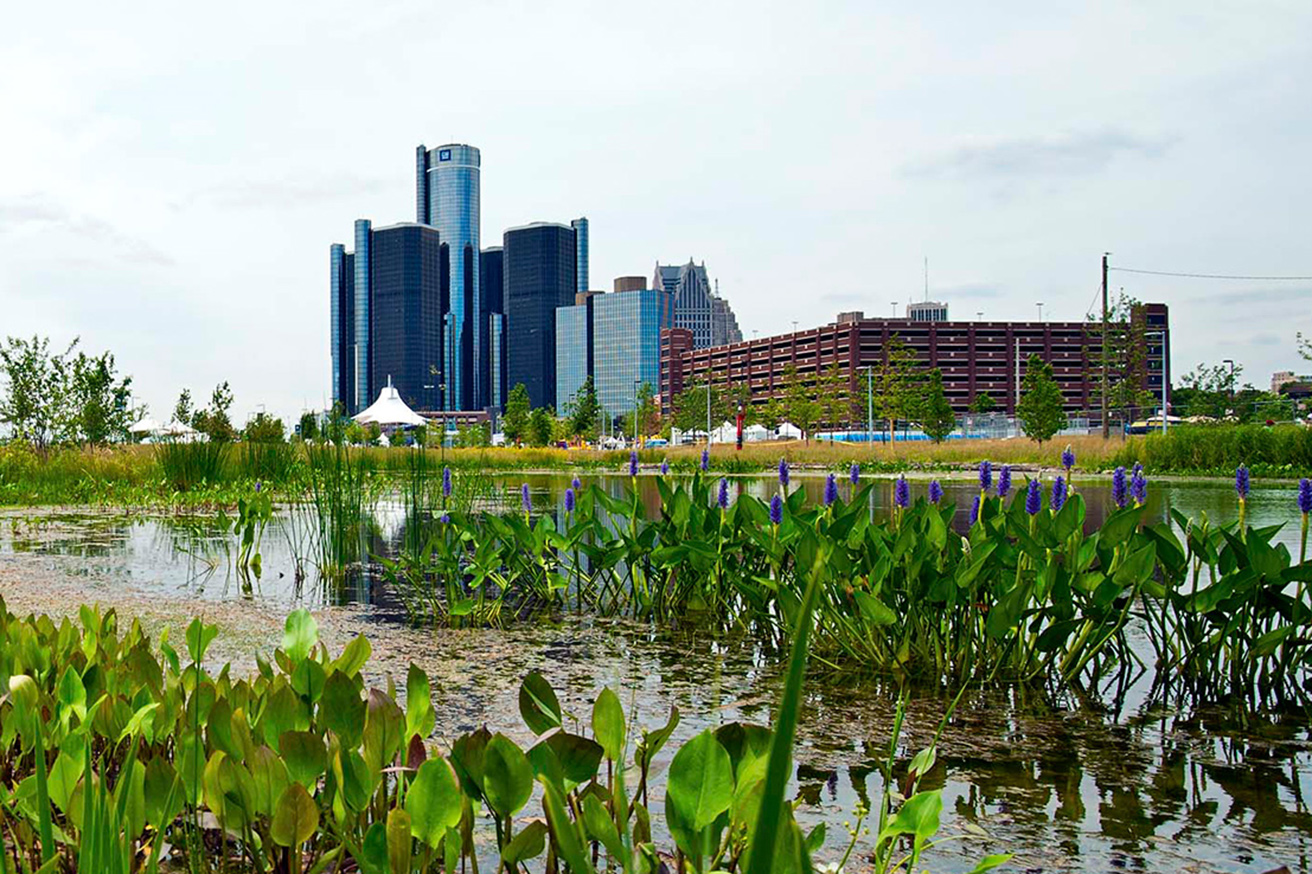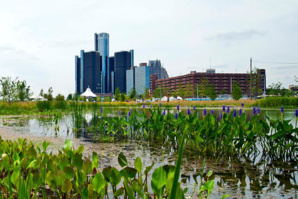Dailycsr.com – 31 October 2015 – In a collaborative effort the Dow Chemical Company and the Nature Conservancy have come up with new study results that focus on “how nature can help protect business assets from natural disasters”.
The research is still an ongoing venture, wherein the grounds covered so far demonstrate that green infrastructure can play a significant role in “asset protection strategies”. For example planting “marshes, mangroves, coral and oyster reefs” along with dykes and levees” infrastructure can “protect business assets from hurricanes and flooding”.
Natural catastrophes have been a means of business losses therefore the business establishments require “adequate infrastructure” which is an apparent need of the hour. An example given by the dow.com mentions that:
“...according to the Insurance Information Institute, 2011 marked the largest worldwide loss on record with $380 billion in total losses – 37 percent of which can be attributed to storms and flooding – shining light on a need for more resilient infrastructure to help protect people and assets in the worst weather conditions”.
The study is titled as "Evaluating the Role of Coastal Habitats and Sea-Level Rise in Hurricane Risk Mitigation: an ecological economic assessment method and application to a business decision". It covers the reasons which can convince the government and business representatives to consider the inclusion of “natural defenses in their risk-management strategies, particularly in defending those assets against hurricanes”.
The vice president at the Dow’s “Gulf Coast Operations” of U.S, Earl Shipp remarked:
"The U.S. Gulf Coast is home to engineering, research, distribution and shipping, and manufacturing facilities that produce and ship thousands of products, enhancing the quality of life for people around the world. Our study with TNC has shown Dow some very unique and creative ways on how we can best safeguard coastal facilities and manufacturing sites, and shows others how to do the same, using a combination of readily available natural resources and other protective measures."
The key issues highlighted by the Dow’s reports are listed below:
The research is still an ongoing venture, wherein the grounds covered so far demonstrate that green infrastructure can play a significant role in “asset protection strategies”. For example planting “marshes, mangroves, coral and oyster reefs” along with dykes and levees” infrastructure can “protect business assets from hurricanes and flooding”.
Natural catastrophes have been a means of business losses therefore the business establishments require “adequate infrastructure” which is an apparent need of the hour. An example given by the dow.com mentions that:
“...according to the Insurance Information Institute, 2011 marked the largest worldwide loss on record with $380 billion in total losses – 37 percent of which can be attributed to storms and flooding – shining light on a need for more resilient infrastructure to help protect people and assets in the worst weather conditions”.
The study is titled as "Evaluating the Role of Coastal Habitats and Sea-Level Rise in Hurricane Risk Mitigation: an ecological economic assessment method and application to a business decision". It covers the reasons which can convince the government and business representatives to consider the inclusion of “natural defenses in their risk-management strategies, particularly in defending those assets against hurricanes”.
The vice president at the Dow’s “Gulf Coast Operations” of U.S, Earl Shipp remarked:
"The U.S. Gulf Coast is home to engineering, research, distribution and shipping, and manufacturing facilities that produce and ship thousands of products, enhancing the quality of life for people around the world. Our study with TNC has shown Dow some very unique and creative ways on how we can best safeguard coastal facilities and manufacturing sites, and shows others how to do the same, using a combination of readily available natural resources and other protective measures."
The key issues highlighted by the Dow’s reports are listed below:
- Natural-hazard risk-mitigation strategies that use both levees and habitats at the study site can provide the greatest benefits to businesses, the public and biodiversity.
- Coastal marshes can reduce the destructive force of waves from storms, potentially reducing wave heights, damages, and levee construction costs.
- This reduction in the storm force of waves can provide some protection near shore and under small storm conditions, which may help mitigate sea-level rise and improve levee performance.
- However, protection at the study site far from shore and under large storm conditions was not sufficient to warrant a reduction in levee height.
- Additionally, coastal marshes have social, environmental and economic benefits beyond those of traditional infrastructure, including providing recreational opportunities, support for fisheries and habitat for wildlife.
Moreover, the “lead author” of the said study Sheila Reddy, commented:
"This study breaks new ground by providing risk managers with information on where natural habitats may be effective, and a replicable method for assessing the role of habitats in other geographies or hazard conditions”.
References:
www.dow.com


 Dow And Nature Conservancy Report Stresses On The Importance Of Green Infrastructure In Asset Management Strategy
Dow And Nature Conservancy Report Stresses On The Importance Of Green Infrastructure In Asset Management Strategy





 Companies
Companies